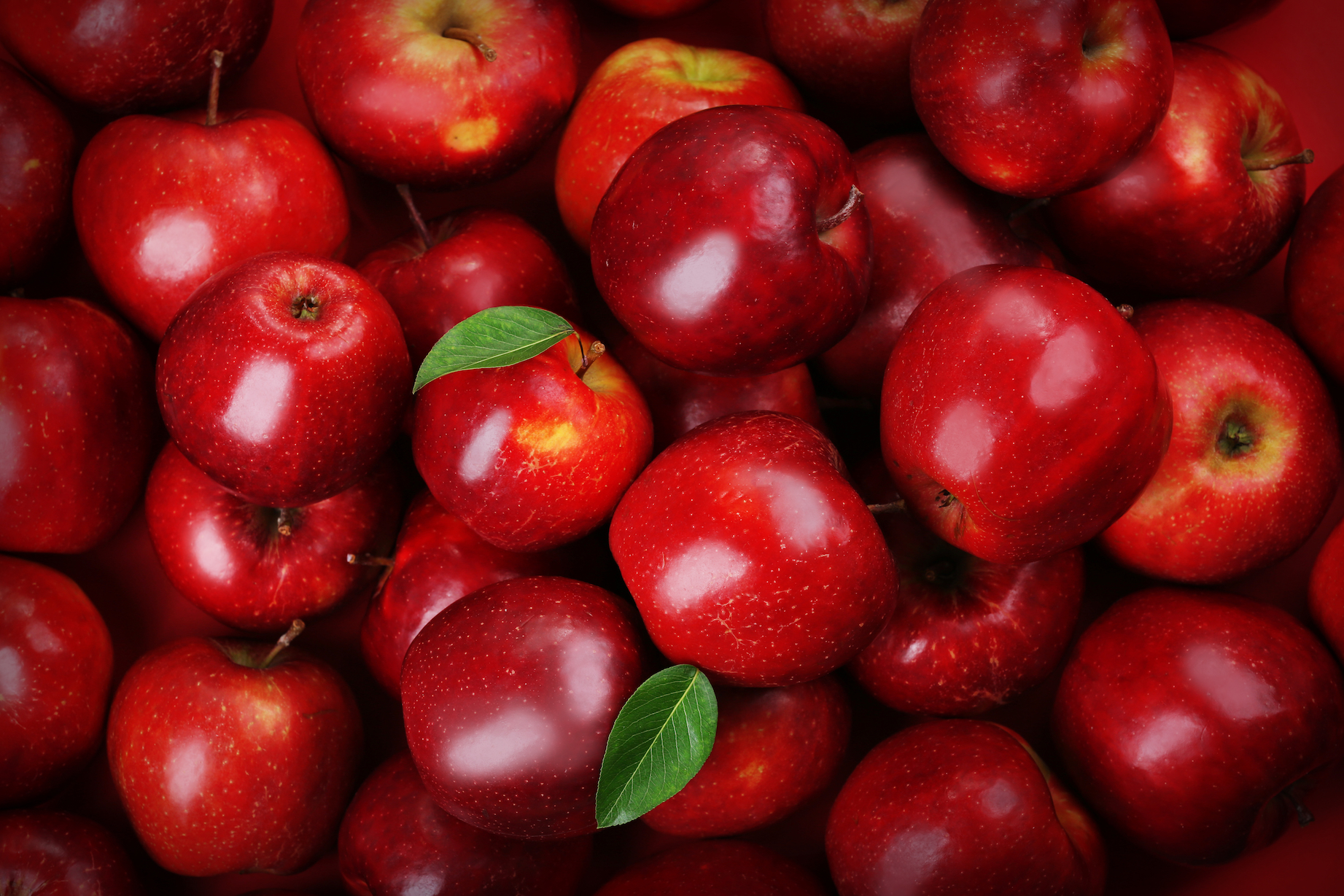
Plant breeding technology could make produce more appealing
New plant breeding technologies have the potential to make fruits and vegetables more appealing to the eyes and also to the taste buds. A pair of food experts is reporting that the produce of the future could have enhanced colors, shapes, and sizes, along with improved health benefits.
Study co-author Andrew Allan is a food researcher at the New Zealand science institute Plant & Food Research.
“Novelty drives a lot of first time purchasing,” said Allan. “If the experience is good, then the consumer will purchase again. Choice is key – there is no risk with more choice.”
The researchers explained that fast breeding with CRISPR-Cas9 gene editing does not require the addition of a new DNA sequence, which is often the case with genetically modified crops. Instead, this technology allows scientists to edit existing genes. There is focus, in particular, on transcription factor genes called MYBs that control many of the key consumer traits in plants.
“MYBs often regulate the compounds that generate a fruit or vegetables’ ‘wow’ factor – its color,” said Allan. “These compounds are also associated with important health benefits such as lowering cardiovascular disease or acting as vitamins. By using MYBs to elevate these compounds to create a richer color, we can make produce both more appealing to consumers and more beneficial for the human diet.”
Editing MYBs can also transform produce beyond the surface. For example, some fruits and vegetables such as apples and potatoes have nutrients that are concentrated in the skin. Scientists can now modify MYBs to create produce with a consistent concentration of vitamins in every bite.
The breeding technology is also being used to modify the flavor and texture of produce, and Allan is excited by what this could mean for the future of our supermarkets. He said that this could be “the next green revolution, with more product choice for developed countries, greater yields for less developed countries, and more growing options for climate resilience.”
The study is published in the journal Trends in Plant Science.
—
By Chrissy Sexton, Earth.com Staff Writer













